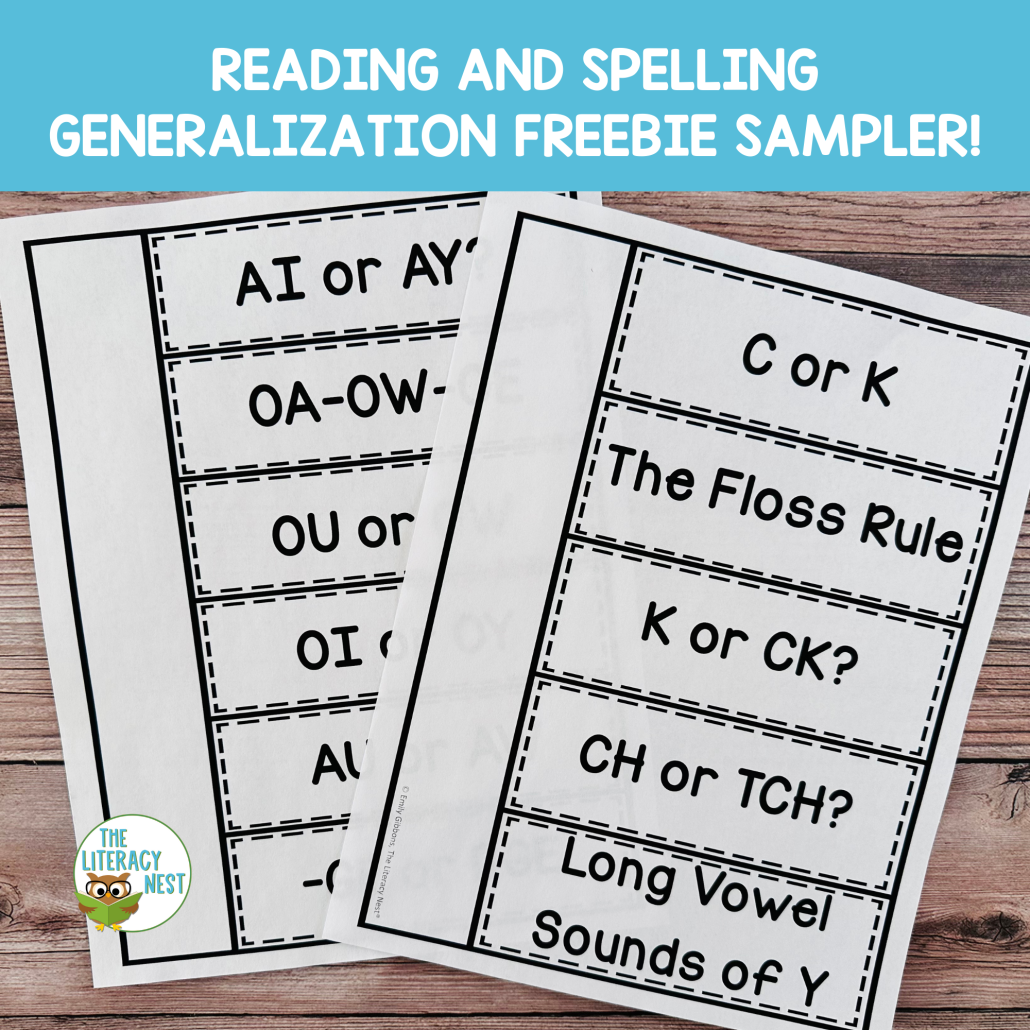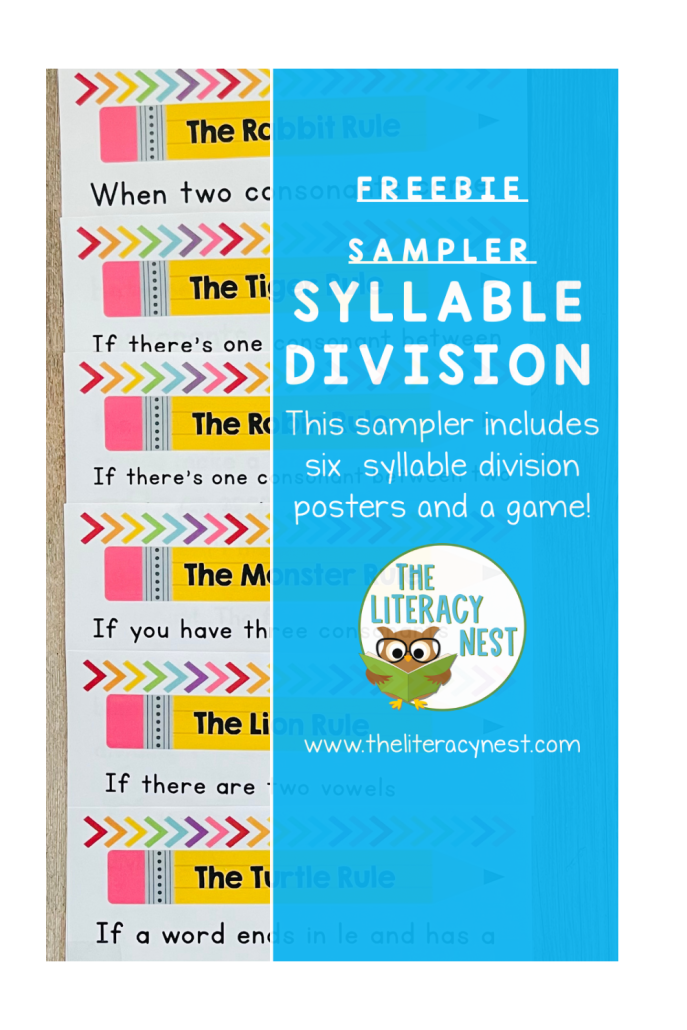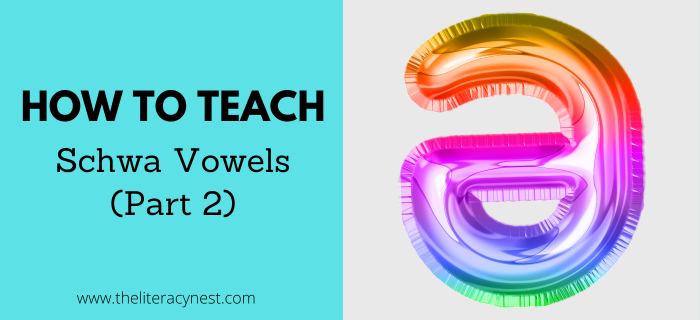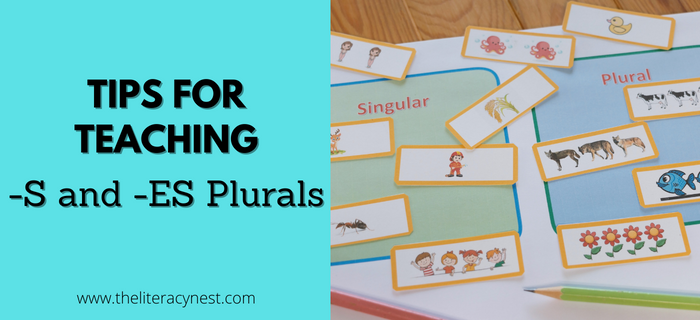7 Tips For Helping Students Recognize Patterns In Words
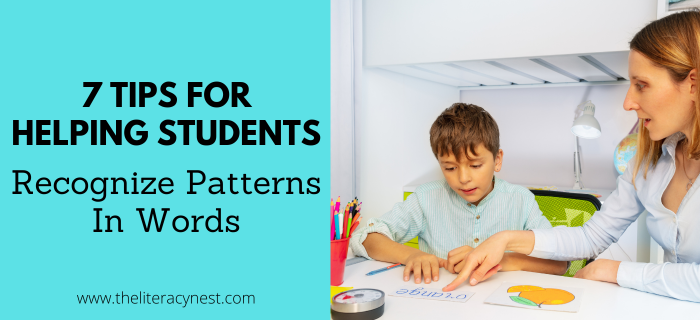
There are several reasons why recognizing patterns in words is difficult for our students with dyslexia. Dyslexia often causes difficulty linking the phonemic analysis with the orthographic patterns. This means that a student not only has difficulty correctly hearing, analyzing, and identifying the separate sounds in a word, but in putting the sequence of letters that represent those sounds and words into their instantaneous recall.
In addition, because English is a language in which many different spelling patterns can represent a single phoneme, and a particular spelling pattern can represent multiple phonemes, this process is further complicated. For example, the /ow/ sound can be spelled ou or ow, But ou can also say /ŭ/ and /ü/, and the ow spelling can also say /ō/.
It is worthwhile to explicitly teach our students to recognize patterns such as syllable types in reading and spelling generalizations in writing to provide them with a structure for decoding and encoding analysis. When our students can recognize patterns, they are better equipped to tackle novel unknown words. It also helps them develop knowledge of orthographic patterns. Recognizing which letters are often found in sequence or word parts, and which sequences of letters are out of place is part of orthographic competency. This recognition of orthographic patterns is often what we use when playing games, like Wordle!
Here are my best tips for helping students to become more aware and more tuned into patterns in words.
Download and print our teaching patterns in words tip sheet!
Tip #1: Model your thinking.
Model how we use our metacognitive skills to recognize, identify, and utilize patterns to help us solve words. By modeling our thinking, we are making students more aware of patterns in words and their importance.
For example: “I see all these words have the vowels a and a silent E at the end. Therefore, I am going to read this word /t/ /ā/ /p/ as tape.
Tip #2: Mark it up!
Call attention to features of words by using diacritical marks such as a breve ˘ for a short vowel, macron for a long vowel ¯, crossing out silent E, or using an arrow ↶ to show the link between a silent E and the vowel in a vowel-consonant-E pattern.
It can also be helpful to underline or otherwise mark vowel teams and r-controlled vowels.
Download our Reading and Spelling Generalizations freebie sampler! It includes mini posters, a note-taker, and a handy cheat sheet with links to blog posts and a video with teaching tips!
Tip #3: Teach syllable types and syllable division.
What are the characteristics of each syllable type? How can they be recognized? How does it affect the vowel?
For example, students should recognize that a closed syllable has one vowel and ends in a consonant, and that closed syllables have short vowel sounds. These skills are fundamental to our students’ abilities to be able to analyze text.
Grab this FREE resource for teaching syllable division!
When presented with an unknown multisyllabic word, students need to be able to correctly divide syllables and identify the syllable types to determine the appropriate vowel sounds. I have found that even when we begin to really explore morphology deeply, it is important to revisit the six syllable types frequently to keep them fresh in students’ minds.
Looking for more on teaching syllable division? Check out these great syllable division posts!
Tip #4: Teach long vowel spelling choices in order of frequency of use.
Move from those of the highest frequency to those of the lowest frequency. Not only does this ensure that students are able to read the maximum number of words as quickly as possible, but it also helps them build an inner awareness of the frequency of spelling choices.
It can also be helpful to display a graphic indicating the frequency of different spelling choices and create word lists or picture stories with students to help them develop a known group of words using a particular spelling pattern.
Tip #5: Add prefixes and suffixes.
With longer words, students must have an awareness of morphemes, both to break words apart for decoding and to understand the meaning of new words. This process can begin from the very earliest days of adding prefixes and suffixes as students identify base words and affix elements.
Morphological awareness activities, like phonemic awareness activities, are oral exercises of adding, deleting, and changing morphological elements such as prefixes, suffixes, and roots. These sorts of activities are another good way to help students build familiarity with identifying morphemic elements.
Tip #6: Teach spelling and reading generalizations.
While these rarely apply 100% of the time, they are reliable enough to help students spell words more correctly than not. I often tell students that while using spelling generalizations will not make them perfect spellers, it can get them close enough that they can use tools such as spellcheck effectively. Knowledge of the spelling generalizations can help get them out of a sticky situation when they’re unsure how to spell a particular word, and make sure that their spelling is decipherable for others.
Looking for resources to help you teach spelling generalizations? Have a look at our Orton-Gillingham Spelling Generalizations BUNDLE.
Tip #7: Teach suffixing rules to mastery.
These suffixing rules have high utility and high reliability in spelling English words. Mastering suffixing rules gives students the tools to spell many of the words that they will need for their academic use.
Through the reinforcement and practice of identifying patterns in words, students will be more efficiently able to use the language knowledge that they have acquired. Just as practice teaches a baseball player to recognize the difference between a ball and a pitch they should swing at, and a knitter to recognize the difference between different stitches, practice with word patterns will help students be efficient, knowledgeable, and confident in utilizing orthographic patterns in their reading and writing.
Check out this video for an example of how children recognize patterns in spelling. Watch Practicing Verb Tense in Your OG Lessons!
Are you looking for an easy way to create a list of words that follow specific patterns? Word List Builder has got you covered!
Save time searching for words that follow specific patterns! Create customized and meaningful review, build your folder of words, create templates and games, and much more in Word List Builder.


